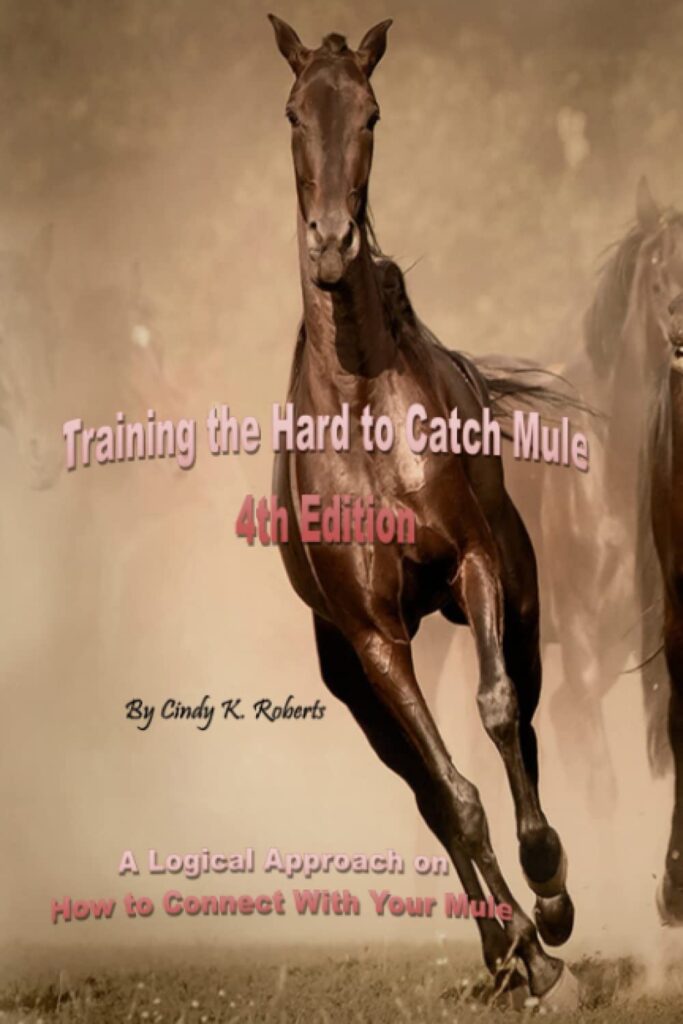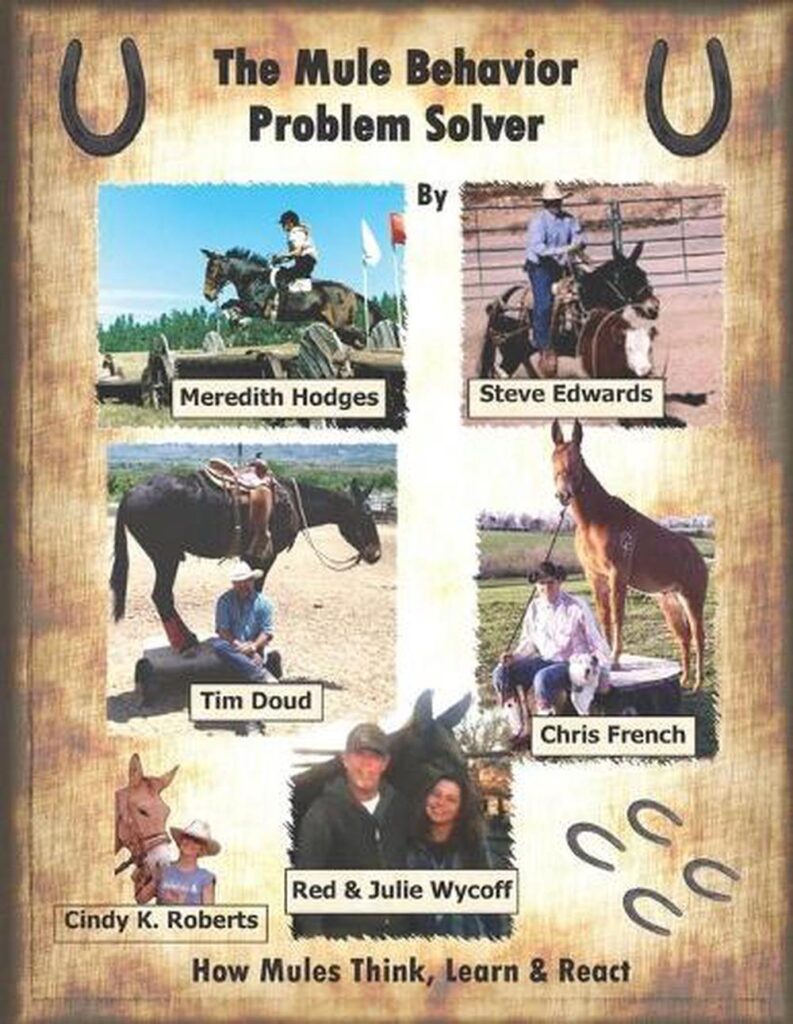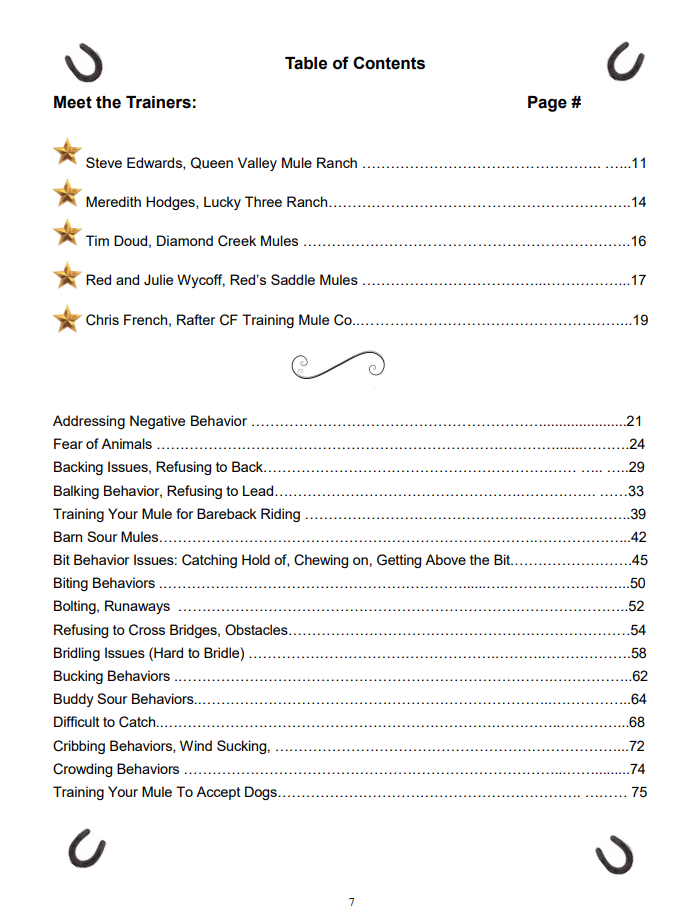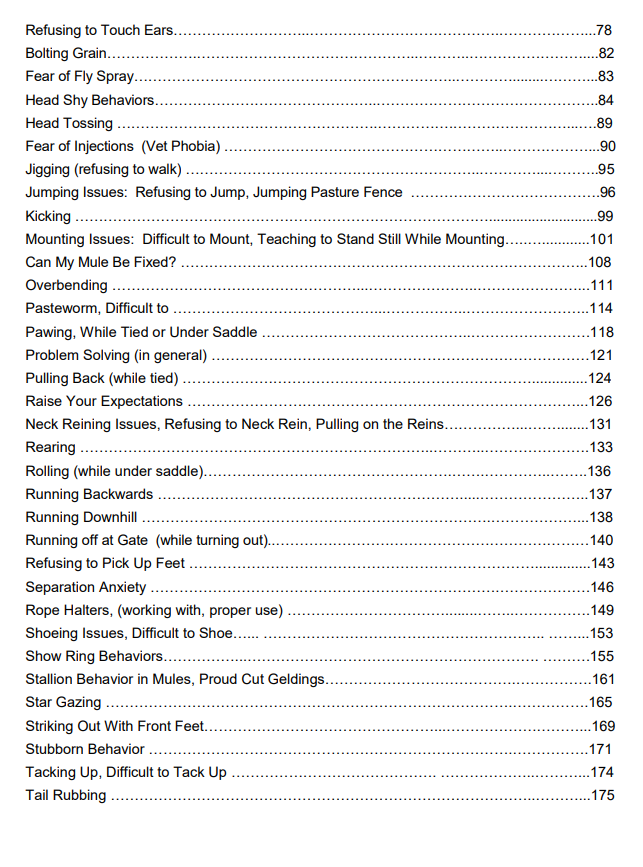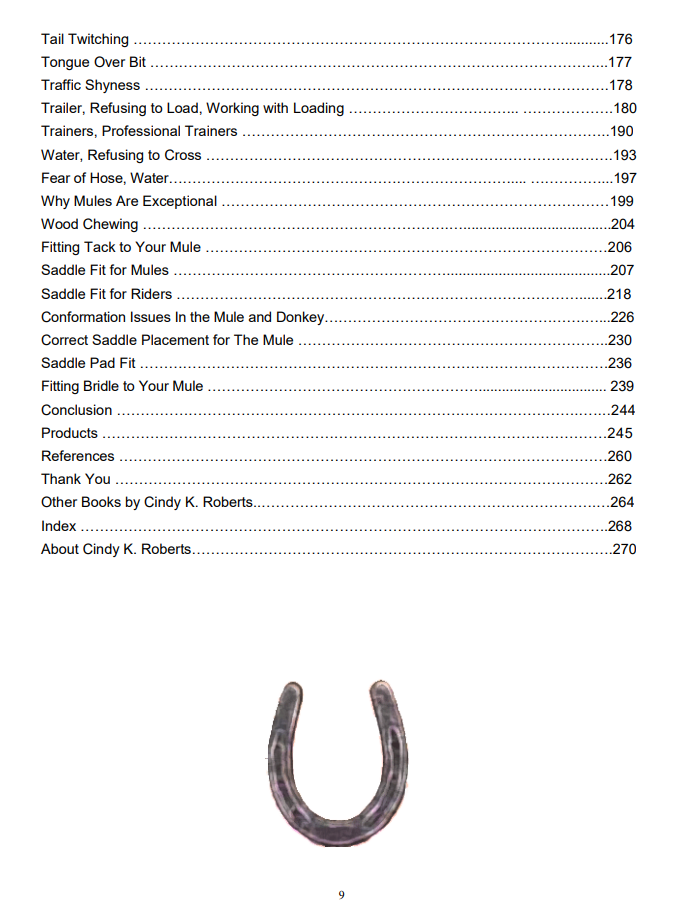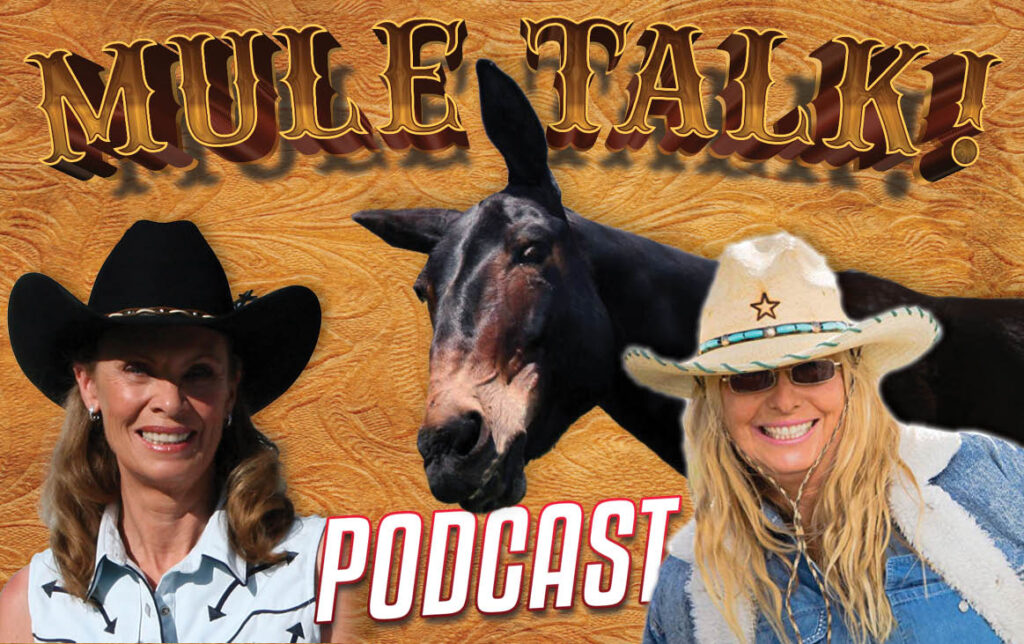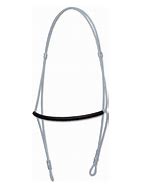It’s proven, mules mature physically and mentally at a slower pace than horses do. Generally the mule’s height will be one to two inches taller than his dam, the horse mare. Being hybrids, it is also proven they are smarter than both their parents. Yes, that means they are smarter than the horse (a given, because horses never ask to see your resume) and they are smarter than the donkey, who is a thinking machine of their own species.
While some mule owners get impatient about the training process, that is when the roadblocks start showing up in their schooling efforts. New mule owners tend to get stuck, they made it past the sniff test, but reading their animal is a complex issue.
Building a solid foundation in your mule’s training is so important. You want an animal you can depend on; one that won’t blowup when the going gets rough on the trail. You want an animal that is confident and attentive to you, his handler. You want an animal that will respond to your cues and move forward when asked. Every time you step up into the saddle, you are taking a risk. Do yourself a favor, make sure your skill set matches with your mule’s. Build on your partnership, because whether you realize it or not, when owning a mule, you are in a relationship, and things can get personal when a disagreement comes along.
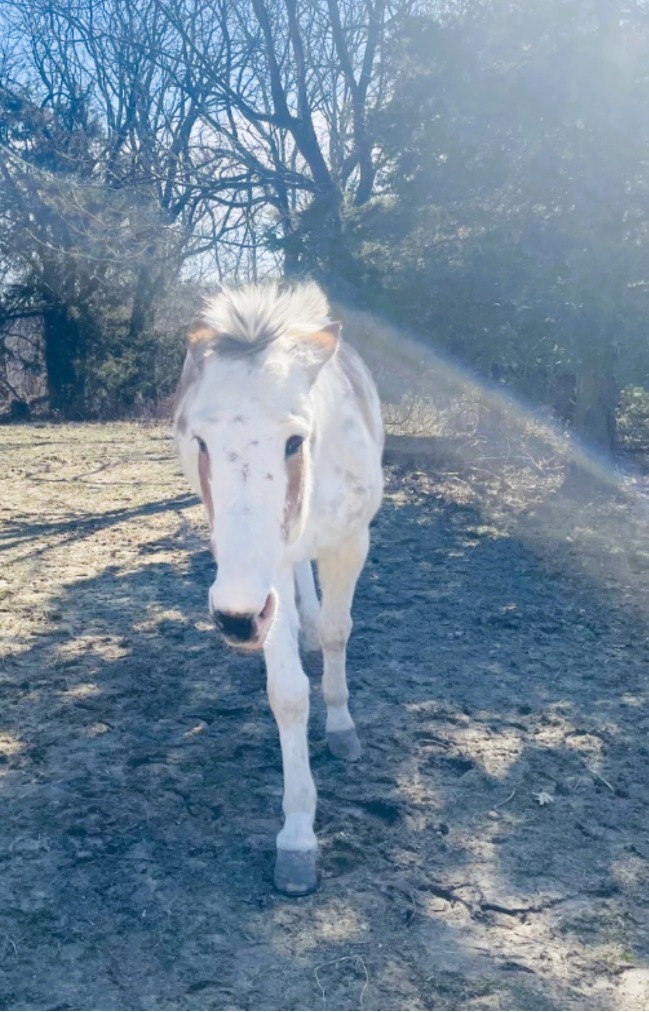
To make a point about reading your mule accurately, and definitively: The mule in the above photo, “Cabo” is walking towards me after I called her name. Cabo is very expressive, reading her body language has been very interesting, and a huge learning curve in my working with mules over the years. Horse people typically misread this expression as being unhappy or aggressive. This mule is showing a sign of submissiveness. Can you imagine if I misread this mule and “punished” her for merely wanting to come near me? Since this photo was taken, this mule has gained confidence and now walks up to me in a confident and relaxed state of mind.
Realizing the time and effort it takes to put into a mule’s training may cause some handlers to give up. Mules are thinking animals; they process It’s intimidating when you realize how quick a mule learns, And, you will make mistakes. You have to make mistakes, in order to learn.
Mules are amazing. They are individuals. They don’t take to bullying tactics. Mules comply to their own barnyard rules of conduct, known as the pecking order. In this scenario, size doesn’t matter. The 2,500 pound draft mule is generally easy-going and follows through with the herd boss. What matters is the herd will stick together; this makes the herd structure stronger and well protected from predators.
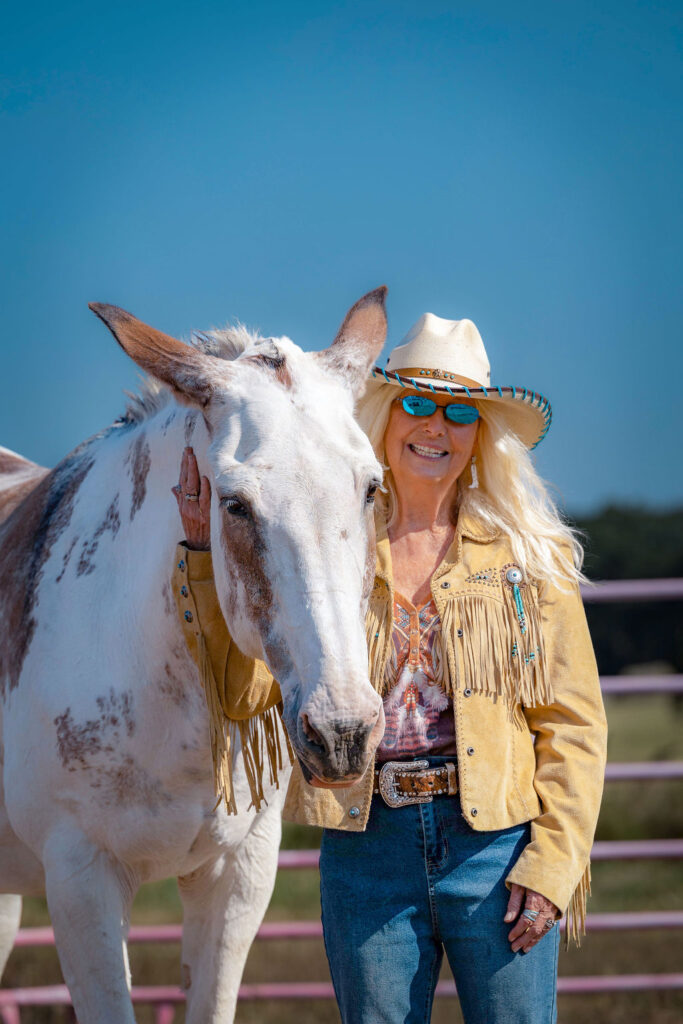
Now, this mule has more confidence and is relaxed.
Stick with me, there’s a lesson here: you can spend a lifetime with equines and still not know everything there is to know. That statement should humble you. Yes, God gave us dominion over animals. That dominion doesn’t include abuse or neglect. So take your time and do what is needed at the right time. Skipping steps in your training will show up later when you need your mule the most.
I will leave you with this thought; living in a push button world of convenience, mule handlers tend to cut corners. A trainer made a statement years ago that stuck with me, “You cut cows, not corners.” And now you know why.


